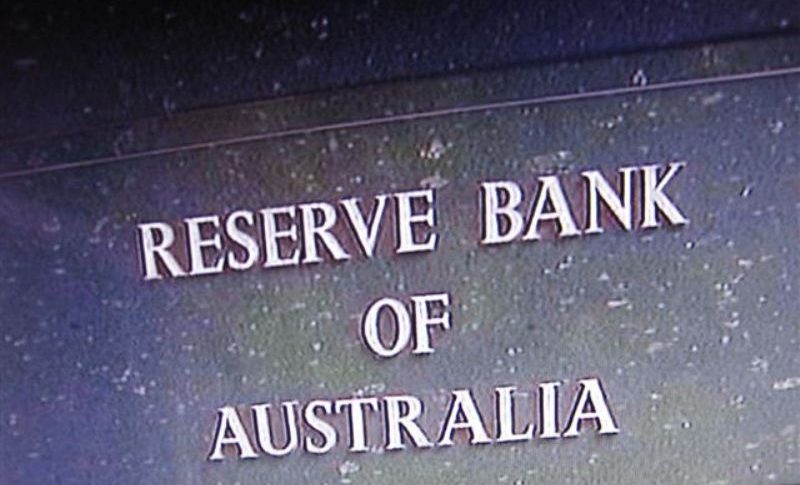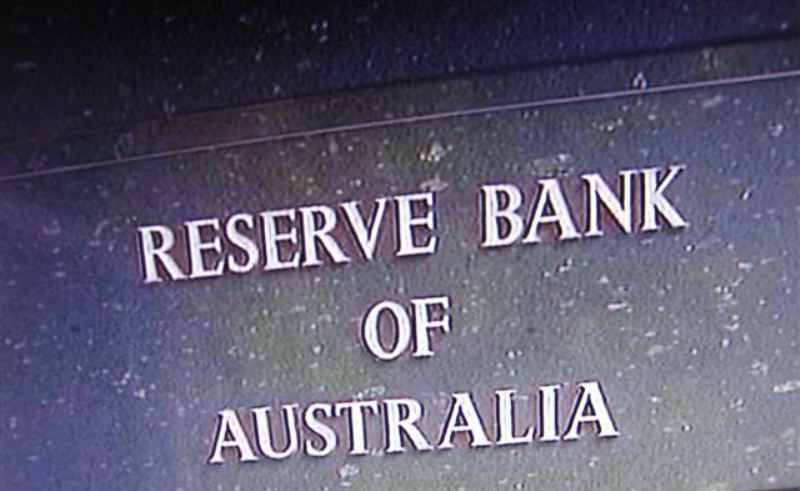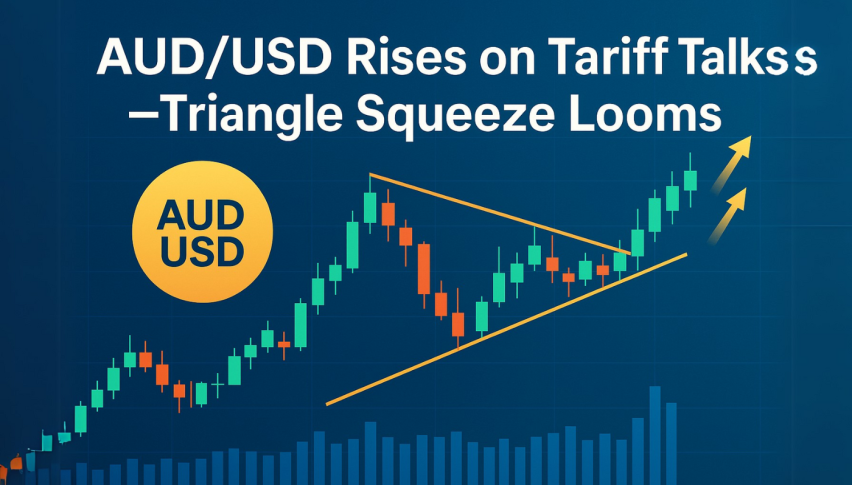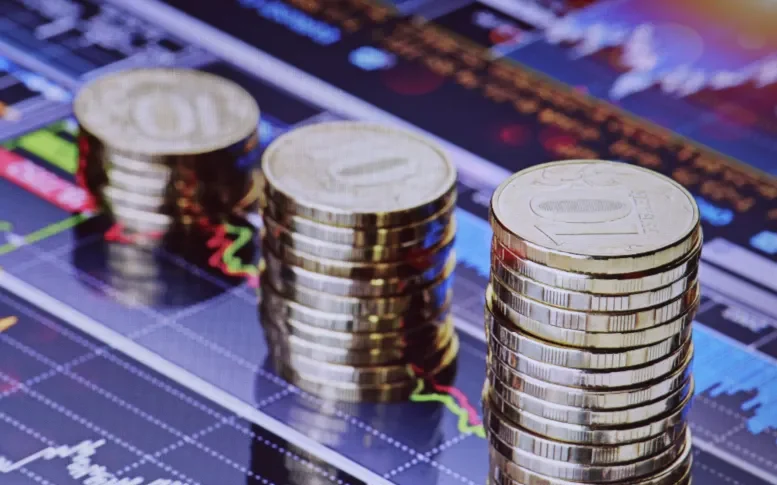AUD Stabilizes, As RBA’s Bullock Sees No Rate Cut Yet
AUD/USD has bounced off the support after turning bearish last week, but has been stuck at the 100 SMA despite hawkish RBA comments.

The AUD has bounced off the support after turning bearish last week, but has been stuck at the 100 SMA despite hawkish RBA comments. RBA governor Bullocks refused the idea of rate cuts but AUD/USD is not benefiting from this and is stabilizing above 0.67, with the 100 SMA acting as resistance.

Reserve Bank of Australia Governor Bullock addressing The Anika Foundation, Sydney on “The Costs of High Inflation”
- It is premature to be thinking about rate cuts.
- As of now, the board does not expect to be in a position to cut rates in the near term.
- Our highest priority has been and remains to bring inflation down.
- The board remains vigilant to upside risks to inflation.
- Our full employment goal is not served by letting inflation stay above target indefinitely.
- There is substantial uncertainty around the central outlook, with risks on both sides.
- If circumstances change, the board will respond accordingly.
- The labour market remains relatively tight and is expected to ease gradually.
- Labour cost growth is strong, reflecting wage increases and weak productivity.
- The key drivers of elevated inflation are housing costs and market services.
- CPI rents inflation is likely to remain high for some time.
- Level of demand for goods and services higher than supply
- Need to see results on inflation before lowering rates
- Trying to manage demand down to where it is line with supply
- Trying to manage demand so unemployment does not rise too much
- Interest rate policy is clearly working
- Board is not going to focus on one inflation number
- Slightly elevated A$ is positive for inflation fight
- Will be looking closely at Q3 CPI, but there are other indicators
- Need to see inflation slowing in the actual numbers before acting
- Full speech The Costs of High Inflation
AUD/USD Chart H4 – Sticking to the 100 SMA
The Australian dollar demonstrated strong upward momentum in August, but it struggled to break through the 0.68 resistance level, allowing sellers to regain control. The AUD/USD failed to sustain gains above this key level, and last week saw a notable reversal, with the decline accelerating yesterday as the price dropped to 0.67, just ahead of the release of Australia’s Q2 GDP report. In August, AUD/USD surged higher, climbing from a low of 0.6350 to a yearly high of 0.6820s.
However, this bullish trend lost steam as USD buyers re-entered the market, pushing the pair down by more than a cent, nearing the 20-day SMA (gray) on the daily chart. Several factors have been weighing on the Australian dollar. Last week’s disappointing manufacturing PMI pointed to a weakening domestic economy, and Q2 GDP forecasts suggested a year-on-year decline to 1%, down from 1.1% in Q1, marking the slowest growth rate since the COVID-19 lockdown in 2020.
AUD/USD Live Chart
- Check out our free forex signals
- Follow the top economic events on FX Leaders economic calendar
- Trade better, discover more Forex Trading Strategies
- Open a FREE Trading Account




